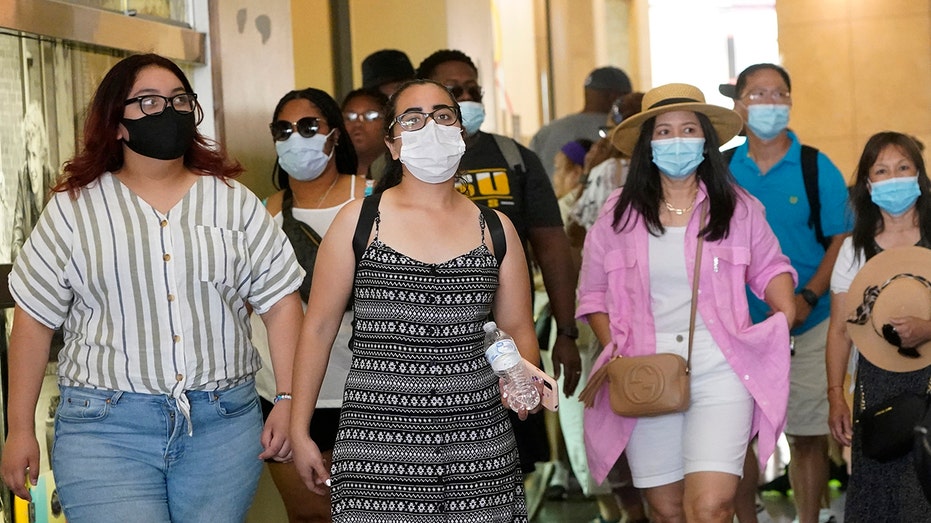Reflections on the Early Days of the Coronavirus Pandemic

Sarah Johnson
March 7, 2025
Brief
Five years after COVID-19's outbreak in Wuhan, the pandemic's origins and global impact remain debated, with millions of deaths and lasting effects on health and society.
Five years later, the shadow of COVID-19 still looms large. The World Health Organization (WHO) continues to report deaths, with over 3,000 lives lost just last month, adding to the staggering global toll of more than 7 million since the pandemic began.
Rewind to the fall of 2019, when U.S. headlines were dominated by news about China—trade talks, pro-democracy protests in Hong Kong, and even a panda named Bei Bei moving to central China. But beneath these surface stories, something far more consequential was brewing.
At the Wuhan Institute of Virology, scientists were studying coronaviruses related to SARS and MERS using transgenic mice models. They were researching how these viruses infect humans, as well as vaccine and therapeutic strategies. A National Intelligence Director's report later noted that the lab held one of the world’s largest bat sample collections. A Stanford microbiology professor cautioned in early 2020 that, while the research was critical, it carried inherent risks.
By December 2019, Wuhan faced its own growing concerns. Health officials reported a mysterious pneumonia unresponsive to standard treatments. Of the 27 confirmed cases, seven were critical. The Huanan Market, known for selling wildlife like bats and snakes, was initially suspected as the source. However, a Lancet study revealed that 13 of the first 41 hospitalizations had no ties to the market—a significant detail that raised eyebrows among infectious disease experts.
In late December, the Wuhan Institute of Virology successfully isolated the virus from patient samples, marking the first time researchers accessed the virus’s genetic sequence. Meanwhile, global events carried on. President Trump celebrated a trade deal with China, expressing optimism about U.S.-China relations.
As 2020 dawned, life seemed normal in most parts of the world, but not in Wuhan. The city went under strict lockdown, leaving streets, train stations, and airports eerily empty. The World Health Organization started paying closer attention, issuing warnings about the unknown pneumonia. By mid-February, over 1,000 lives had been lost, surpassing the death toll of the 2002-2003 SARS outbreak.
By March, the virus had spread to 114 countries, prompting WHO Director-General Tedros Adhanom Ghebreyesus to officially declare COVID-19 a pandemic. Italy emerged as the new epicenter, and the world braced for the worst.
Looking back, it’s clear the early days of COVID-19 were marked by uncertainty, missteps, and missed opportunities. Whether the virus originated through natural transmission or a lab-associated incident remains a debate among U.S. intelligence agencies. Yet one thing is certain—this pandemic changed the world in ways we’re still grappling with today.
Topics
Editor's Comments
It’s striking how history often gives us clues before the storm hits, but we tend to miss them in the noise of daily life. Between the panda headlines and trade talks, the signs of an impending global crisis were there, hiding in plain sight. Also, the debate over the virus’s origins feels like a plot straight out of a spy thriller—bat samples, transgenic mice, and lab reports. Reality truly is stranger than fiction.
Like this article? Share it with your friends!
If you find this article interesting, feel free to share it with your friends!
Thank you for your support! Sharing is the greatest encouragement for us.



